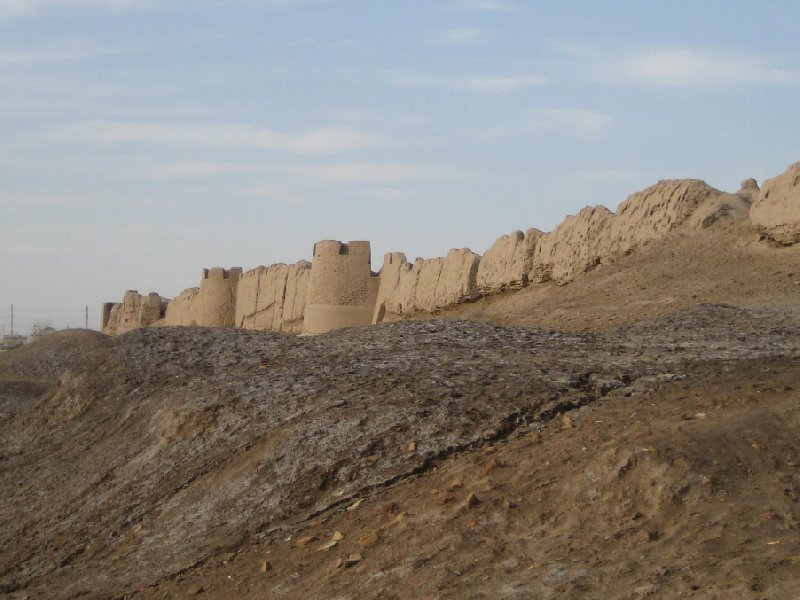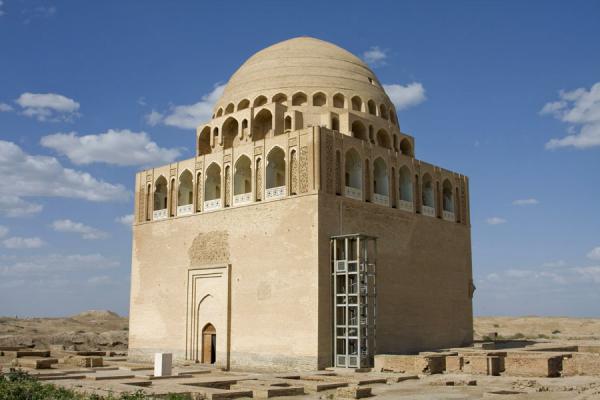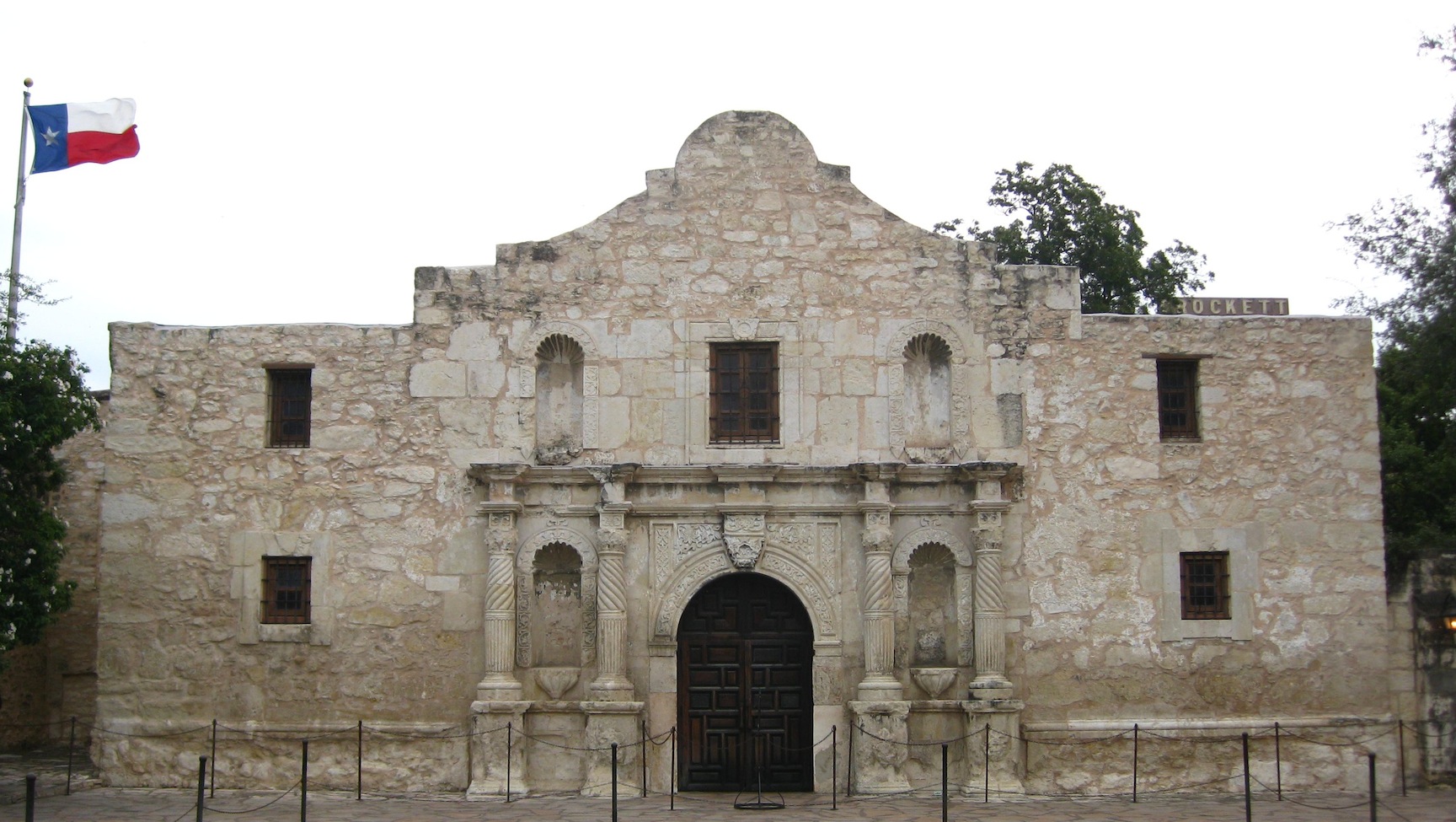The production of toy soldiers (toy soldiers) in the pulp, plastics and rubber in the years 50-70 was of considerable size, and many firms are geared towards this market segment. We have therefore chosen to illustrate in this site and in the book that follows only the most popular brands and those of which you can find information documented. The peculiarity of the Italian production, as we never tire of emphasizing, is that he has portrayed a variety of subjects (from the Musketeers to western characters inspired by comic books, from science fiction to medieval times, etc..) Products not found in other countries with the exceptionPerhaps the French production.The images you find on the site as representative of the various brands testify to this versatility in the choice of subjects, not just military, and for the materials used for the production of toy soldiers.For each of the companies listed here provide brief information that will be better explained in the text to be published that will contain, where possible, play the catalogs of various brands.NardiThe company operates in Milan from 1946 to 1980, has produced toy soldiers, animals, figures civilians, figurines of the nativity scene and then paste resin and plastic. In the photo below depicts a rider in plaster paste large (12 cm) and  another very rare, smaller size plastic like vinyl acetate, sold in the transition period between the production in the pulp and plastic . In the other picture shows a beautiful Indian jumping the obstacle and is probably the finest soldier produced by Nardi for the plasticity of the modeling.
another very rare, smaller size plastic like vinyl acetate, sold in the transition period between the production in the pulp and plastic . In the other picture shows a beautiful Indian jumping the obstacle and is probably the finest soldier produced by Nardi for the plasticity of the modeling.
Rovello PorroThis company that operated in the province of Como, curiously chose as its trademark the name of the country, precisely Rovello Porro, where the production plant was located. The Rovello and Porro, who occasionally reported in the base of the soldier also the initials "AP", has started its activities in the early fifties with pasta and production entities are larger than the usual standard (12cm). The image of the pair of hired guns,
with pasta and production entities are larger than the usual standard (12cm). The image of the pair of hired guns,  Pecos Bill and Calamity Jane, belongs to the production of the sixties soft rubber, while the other image is a Roman centurion struggling with a medieval crossbow is unlikely to prove of great creativity and imagination of the artisans Company.
Pecos Bill and Calamity Jane, belongs to the production of the sixties soft rubber, while the other image is a Roman centurion struggling with a medieval crossbow is unlikely to prove of great creativity and imagination of the artisans Company.
DulcopThis company, founded in 1957 in Bologna is still active on the market and in the sixties and seventies has produced an interesting series of different subjects: Tarzan, Zorro, Robin Hood, Napoleon (see photo), Crusaders, the Zoo and of course the usual Indian and cowboys. Special care in the series, sold in cardboard boxes and paper transparent, complete with many accessories.

FontaniniThe Fontanini, founded in 1908 in Bagni di Lucca, is one of the few companies still in activity between those operating in the period from the fifties to the seventies. Today the company has limited its activities Fontanini the production of plastic figurines of the nativity scene, but during the pre-war soldiers in paste manufactured mainly with subjects relating to the colonial wars (of which an example is seen in the photo) and then the original series in some small size (4 cm) as seen in the other image. All figures of this company are easily identifiable by a mark depicting a spider who was one of the first products made of paper mache.

ISAS-EUROISASThe company ISAS - EUROISAS is still active on the market, albeit under the name changed Euromarche, and is now specializing in the production of religious articles, nativity scenes and objects. Founded in 1930, is now in its third generation of entrepreneurs and became particularly popular in the fifties for the number of soldiers latex manicured and finished in detail but had the defect to deform when exposed to temperature changes. The astronauts are seen in the photos were in fact produced with this technique. In the other subjects of the image are made visible with a type of compound and then introduced more resistant.

 TorgianoAnother company that operated in Brianza, Saronno, producing toy soldiers and sketches various since the fifties, first with subjects
TorgianoAnother company that operated in Brianza, Saronno, producing toy soldiers and sketches various since the fifties, first with subjects  in the semi-flat vinyl acetate, such as the beautiful pirate photographed below. Subsequently, the figures produced Torgiano very similar to those of the German Elastolin, rigid plastic that is flexible plastic. The variety of subjects that followed the first production inspired by the German company, such as pre-Columbian warrior (curiously with a shotgun!) That you can see in the picture.
in the semi-flat vinyl acetate, such as the beautiful pirate photographed below. Subsequently, the figures produced Torgiano very similar to those of the German Elastolin, rigid plastic that is flexible plastic. The variety of subjects that followed the first production inspired by the German company, such as pre-Columbian warrior (curiously with a shotgun!) That you can see in the picture.
CO-MAMilan-based company that manufactured, in the early fifties, toys, pharmaceuticals and stationery items with thermoplastics. The soldiers were generally produced in Bakelite and one of the most popular and sought after series was one of the astronauts and Selenites (shown here) with the wide range of colors and with the characteristic of being transparent or even fluorescent.
fluorescent.
CaneCompany already operating in Bologna in the thirties, it produced terracotta figures of the crib. Typical family run business in the postwar period began the manufacture of plastic toys in the sixties and later began the production of toy soldiers. The image has just two alpine uniforms of World War I, of considerable interest to other series of the Musketeers and the Black Corsair, which will be presented in the forthcoming book.
Typical family run business in the postwar period began the manufacture of plastic toys in the sixties and later began the production of toy soldiers. The image has just two alpine uniforms of World War I, of considerable interest to other series of the Musketeers and the Black Corsair, which will be presented in the forthcoming book.
APS-TexasThe toy soldiers produced by this company are known among collectors as the "Texas" because they were marked with this symbol. In fact, the corporate brand was: APS-Politoys Texas, and the symbol was added only for those small soft plastic 3-4 cm high. Among the most common subjects of course cowboys and Indians, pirates, aliens, the Italian army. Also notable is the production of wagons for pioneers and pirates on a larger scale and those products with an oval base on which was printed the brand name of a company of butter.
small soft plastic 3-4 cm high. Among the most common subjects of course cowboys and Indians, pirates, aliens, the Italian army. Also notable is the production of wagons for pioneers and pirates on a larger scale and those products with an oval base on which was printed the brand name of a company of butter.
TibidaboThe only factory soldiers operating in Piedmont since the sixties, alternating productions of wire-guided cars, dashboards and plastic vessels to a diverse range of soldiers. The models are the most beautiful and cared for the series of the centurions and gladiators, very similar to those of the French Clairet, and where you see a medieval knight in the picture.
 another very rare, smaller size plastic like vinyl acetate, sold in the transition period between the production in the pulp and plastic . In the other picture shows a beautiful Indian jumping the obstacle and is probably the finest soldier produced by Nardi for the plasticity of the modeling.
another very rare, smaller size plastic like vinyl acetate, sold in the transition period between the production in the pulp and plastic . In the other picture shows a beautiful Indian jumping the obstacle and is probably the finest soldier produced by Nardi for the plasticity of the modeling.
Rovello PorroThis company that operated in the province of Como, curiously chose as its trademark the name of the country, precisely Rovello Porro, where the production plant was located. The Rovello and Porro, who occasionally reported in the base of the soldier also the initials "AP", has started its activities in the early fifties
 with pasta and production entities are larger than the usual standard (12cm). The image of the pair of hired guns,
with pasta and production entities are larger than the usual standard (12cm). The image of the pair of hired guns,  Pecos Bill and Calamity Jane, belongs to the production of the sixties soft rubber, while the other image is a Roman centurion struggling with a medieval crossbow is unlikely to prove of great creativity and imagination of the artisans Company.
Pecos Bill and Calamity Jane, belongs to the production of the sixties soft rubber, while the other image is a Roman centurion struggling with a medieval crossbow is unlikely to prove of great creativity and imagination of the artisans Company.DulcopThis company, founded in 1957 in Bologna is still active on the market and in the sixties and seventies has produced an interesting series of different subjects: Tarzan, Zorro, Robin Hood, Napoleon (see photo), Crusaders, the Zoo and of course the usual Indian and cowboys. Special care in the series, sold in cardboard boxes and paper transparent, complete with many accessories.


FontaniniThe Fontanini, founded in 1908 in Bagni di Lucca, is one of the few companies still in activity between those operating in the period from the fifties to the seventies. Today the company has limited its activities Fontanini the production of plastic figurines of the nativity scene, but during the pre-war soldiers in paste manufactured mainly with subjects relating to the colonial wars (of which an example is seen in the photo) and then the original series in some small size (4 cm) as seen in the other image. All figures of this company are easily identifiable by a mark depicting a spider who was one of the first products made of paper mache.


ISAS-EUROISASThe company ISAS - EUROISAS is still active on the market, albeit under the name changed Euromarche, and is now specializing in the production of religious articles, nativity scenes and objects. Founded in 1930, is now in its third generation of entrepreneurs and became particularly popular in the fifties for the number of soldiers latex manicured and finished in detail but had the defect to deform when exposed to temperature changes. The astronauts are seen in the photos were in fact produced with this technique. In the other subjects of the image are made visible with a type of compound and then introduced more resistant.

 TorgianoAnother company that operated in Brianza, Saronno, producing toy soldiers and sketches various since the fifties, first with subjects
TorgianoAnother company that operated in Brianza, Saronno, producing toy soldiers and sketches various since the fifties, first with subjects  in the semi-flat vinyl acetate, such as the beautiful pirate photographed below. Subsequently, the figures produced Torgiano very similar to those of the German Elastolin, rigid plastic that is flexible plastic. The variety of subjects that followed the first production inspired by the German company, such as pre-Columbian warrior (curiously with a shotgun!) That you can see in the picture.
in the semi-flat vinyl acetate, such as the beautiful pirate photographed below. Subsequently, the figures produced Torgiano very similar to those of the German Elastolin, rigid plastic that is flexible plastic. The variety of subjects that followed the first production inspired by the German company, such as pre-Columbian warrior (curiously with a shotgun!) That you can see in the picture.
CO-MAMilan-based company that manufactured, in the early fifties, toys, pharmaceuticals and stationery items with thermoplastics. The soldiers were generally produced in Bakelite and one of the most popular and sought after series was one of the astronauts and Selenites (shown here) with the wide range of colors and with the characteristic of being transparent or even
 fluorescent.
fluorescent.CaneCompany already operating in Bologna in the thirties, it produced terracotta figures of the crib.
 Typical family run business in the postwar period began the manufacture of plastic toys in the sixties and later began the production of toy soldiers. The image has just two alpine uniforms of World War I, of considerable interest to other series of the Musketeers and the Black Corsair, which will be presented in the forthcoming book.
Typical family run business in the postwar period began the manufacture of plastic toys in the sixties and later began the production of toy soldiers. The image has just two alpine uniforms of World War I, of considerable interest to other series of the Musketeers and the Black Corsair, which will be presented in the forthcoming book.APS-TexasThe toy soldiers produced by this company are known among collectors as the "Texas" because they were marked with this symbol. In fact, the corporate brand was: APS-Politoys Texas, and the symbol was added only for those
 small soft plastic 3-4 cm high. Among the most common subjects of course cowboys and Indians, pirates, aliens, the Italian army. Also notable is the production of wagons for pioneers and pirates on a larger scale and those products with an oval base on which was printed the brand name of a company of butter.
small soft plastic 3-4 cm high. Among the most common subjects of course cowboys and Indians, pirates, aliens, the Italian army. Also notable is the production of wagons for pioneers and pirates on a larger scale and those products with an oval base on which was printed the brand name of a company of butter.TibidaboThe only factory soldiers operating in Piedmont since the sixties, alternating productions of wire-guided cars, dashboards and plastic vessels to a diverse range of soldiers. The models are the most beautiful and cared for the series of the centurions and gladiators, very similar to those of the French Clairet, and where you see a medieval knight in the picture.









 Frans Anneessens (Brussels, 1660 - Brussels, 19 September 1719) was a leader of a Brussels guild. He was decapitated on the Grand Place in Brussels, because of his involvement with uprisings within the Austrian Netherlands.
Frans Anneessens (Brussels, 1660 - Brussels, 19 September 1719) was a leader of a Brussels guild. He was decapitated on the Grand Place in Brussels, because of his involvement with uprisings within the Austrian Netherlands.








 . The rest of the border was fixed in 1887.
. The rest of the border was fixed in 1887. in 1884, Russian forces crossed the disputed Afghan border and drove Afghan troops out of the Penjdeh district in 1885. The British, already alramed because Russia had halted negotiations by the Anglo-Russian boundary commission to establish peaceably the Afghan-Russian border, began military preparations to protect the city of Herat,
in 1884, Russian forces crossed the disputed Afghan border and drove Afghan troops out of the Penjdeh district in 1885. The British, already alramed because Russia had halted negotiations by the Anglo-Russian boundary commission to establish peaceably the Afghan-Russian border, began military preparations to protect the city of Herat, 




 But,
in 1899, a Madam Candelaria, who was held in high esteem by the
community for decades, claimed she not only nursed Bowie on his bed of
consumption, but also saw Travis draw the line in the sand.
But,
in 1899, a Madam Candelaria, who was held in high esteem by the
community for decades, claimed she not only nursed Bowie on his bed of
consumption, but also saw Travis draw the line in the sand. 
 back to Mexico
City, the only standard remaining under which the men an the Alamo died.
back to Mexico
City, the only standard remaining under which the men an the Alamo died.
